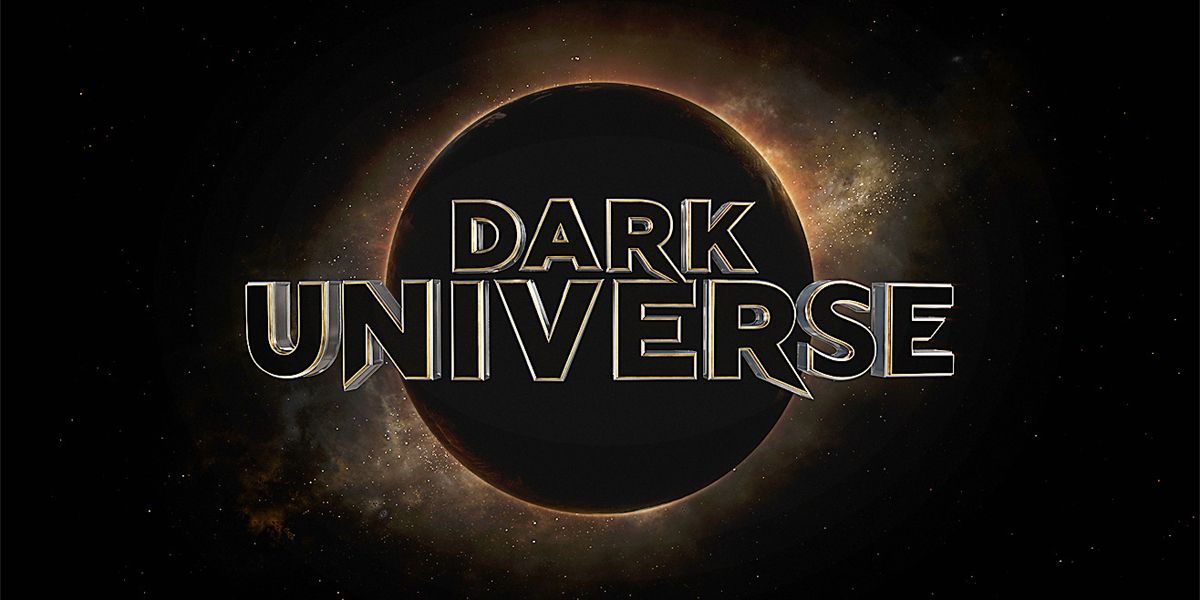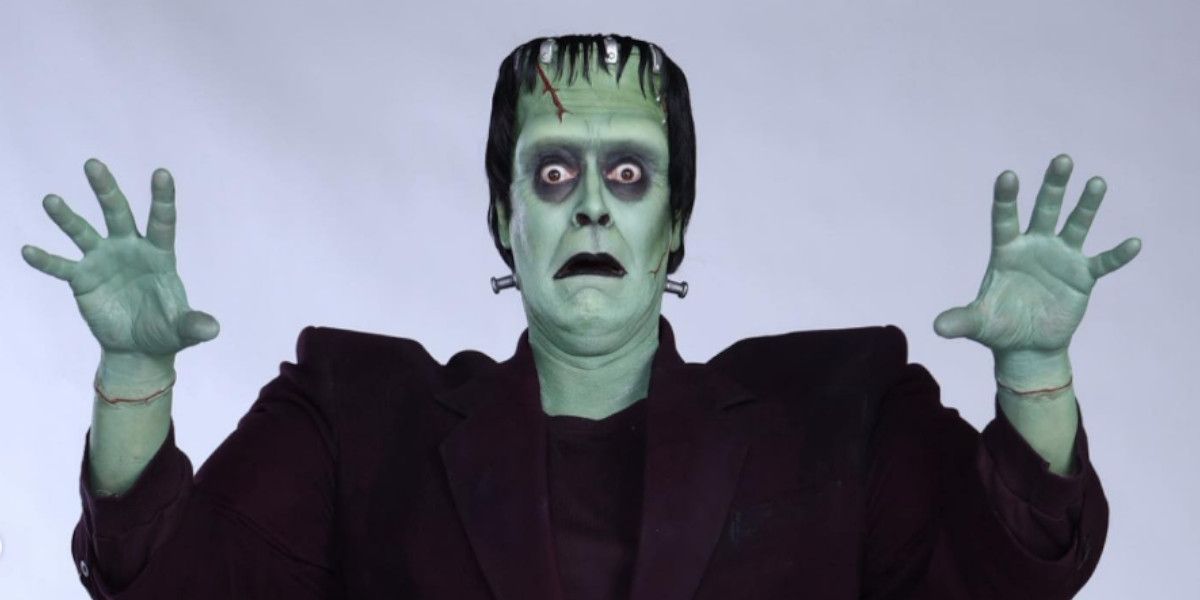Horror has been a vital component of cinema ever since the medium's earliest days. From films like F. W. Murnau's Nosferatu to Benjamin Christensen's Häxan to Robert Wiene's The Cabinet of Dr. Caligari, the silent film landscape of the '20s was full of influential and innovative works of horror, often with a transfixing interest on the macabre and monstrous. Carl Laemmle's Universal Studios dipped its toes into this creature-featuring horror subgenre in the '20s with films like The Phantom of the Opera, but it wasn't until the '30s that everything changed with the rise of the Universal Monsters.
1931 saw Universal Studios release both Tod Browning's Dracula and James Whale's Frankenstein to immense financial success and critical acclaim. Both films ushered horror into a new era, serving as crucial stepping stones for the genre as it evolved in the new post-sound filmmaking world. Other studios rushed to try and capitalize on its success as well, with gothic horror becoming one of cinema's most popular subgenres throughout the '30s, but Universal had a unique position of power.
Universal proceeded, not only making follow-ups to these films (such as Dracula's Daughter and Whale's own Bride of Frankenstein) but also furthering its endeavors into the genre with other literary adaptations (The Invisible Man, The Mummy) and creatures of entirely its own creation (The Wolfman, Creature from the Black Lagoon). Throughout the '30s and '40s, these Universal Monsters films played like gangbusters. So why has it taken Universal nearly a century now to try and figure out how to keep these characters and stories alive?
If the '30s were the birth of the monsters, then the '40s were indeed their roaring, hormonal adolescence, as Universal crossed them over with one another (Frankenstein Meets the Wolf Man in 1943) and even introduced elements of farce to them (Abbot and Costello Meet Frankenstein in 1948). The '50s saw things slowing down drastically as audiences grew tired of period-set gothic monsters and were instead fascinated by the pressing atomic dread-inspired monsters of films like The Thing From Another World or The Blob. Universal delivered one final original monster film that tapped into this, Creature from the Black Lagoon, before shelving the films and characters entirely in 1956.
Months turned to years, and years turned to decades. Many of the most popular Universal Monsters' literary source materials slipped into the public domain (Dracula, Frankenstein and the Invisible Man), leading to other studios being able to deliver their own adaptations of the characters. Specifically, monster films became the bread-and-butter of Hammer Film Productions, releasing films throughout the '50s and '60s, such as The Curse of Frankenstein and Horror of Dracula. These films, starring Peter Cushing and Christopher Lee, kept these characters and stories very much alive in the public consciousness while also helping to inspire a reverence for Universal's original films.
By the '70s, the Universal Monsters films had become regarded as full-blown iconic classics of pop culture. As evidenced by films such as Mel Brooks' Young Frankenstein in 1974, which adoringly delivered a deeply reverent parody of James Whale's original Frankenstein films, the legacy of these films (thanks to television, re-releases and subsequent adaptations) had become thoroughly embedded in audiences in the decades since their release. Thus, it was inevitable that Universal would eventually attempt to revive its monstrosities.
The first attempt came in 1999 and remains perhaps its most successful attempt to date. Stephen Sommers' The Mummy, starring Brendan Frasier and Rachel Weisz, successfully repackaged the original film into a swashbuckling action-adventure blockbuster while still keeping the core horrifically-minded heart of the piece intact, and audiences loved it. It was a huge hit at the box office, leading to Universal very quickly reappraising many of its other monstrous properties to see what it could redo next. The answer was, apparently, all of them.
Hot off of The Mummy and its 2001 sequel, The Mummy Returns, Stephen Sommers was given the keys to the castle and allowed to throw pretty much all of Universal's mainline monsters into a single film with 2004's Van Helsing. The Hugh Jackman-starring film wound up with a budget nearly double that of Sommers' first Mummy film and struggled to recoup its losses at the box office. Universal pushed ahead with further Mummy sequels (The Mummy: Tomb of the Dragon Emperor) and even spinoffs (The Scorpion King) but put everything else monster-related on hold in the wake of Van Helsing's perceived tainting of characters like Dracula and Frankenstein's monster.
Heading into the 2010s, Universal began periodically trotting out various attempts at Universal Monsters revamps to little success. 2010's The Wolfman went all-in on the period-set horror, with a great script, cast and director in Joe Johnston. Unfortunately, it was irreversibly mangled in the editing room in an attempt to condense runtime and conserve potential losses, resulting in it failing with critics and audiences. 2014's Dracula Untold tried out a superhero version of a Universal Monster to genuinely horrendous results and flopped hard at the box office.
But then came the real nadir. Apparently convinced that Dracula Untold's abject failure had nothing to do with its superheroic approach, Universal released Alex Kurtzman's Tom Cruise-starring The Mummy in 2017. The film was intended to kick off the 'Dark Universe,' the Universal Monsters' version of the Marvel Cinematic Universe, but it was a complete disaster. This resulted in Universal's most gargantuan monster-related flop yet, leaving the 'Dark Universe' to be entirely shuttered.
In the years since that massive, very public failure, Universal has become increasingly sporadic with its use of the Monsters. In 2020, Universal and Blumhouse released Leigh Whannell's The Invisible Man, an intimate and claustrophobic horror film that echoed back to the original films in its reliance on filmmaking craft and performance alone, to rave reviews and blockbuster success. And yet, years later, Universal still seems confused and entirely eclectic in selecting how these stories and characters will proceed.
Renfield, a Dracula film starring Nic Cage, is set for release next year. Universal and Blumhouse have had a Ryan Gosling-starring Wolfman reboot in the works since before The Invisible Man, which Whannell recently stepped away from. Universal axed a Karyn Kusama-directed different version of Dracula just two weeks before filming was set to begin. The Monsters recently appeared in an exclusive Fortnite narrative tie-in, which saw the characters modernized and saving the world. Variations of the characters are also set to be included in the Universal-backed Rob Zombie's The Munsters later this year.
In many ways, what Universal is doing currently with the Monsters is reminiscent of its adolescent '40s: disparate creative choices, expanding in every direction. But what made Whannell's The Invisible Man so effective was how it hearkened back to these films' real heyday: the '30s. The singular vision and invasive intimacy were what made them such endearing classics, not the subsequent crossovers or sequels. Projects like Van Helsing or the 'Dark Universe' were failures from the start in their complete misunderstanding of what made these films and these characters so timeless in the first place. Here's hoping these characters and films can soon get the refined focus and care they so deserve.

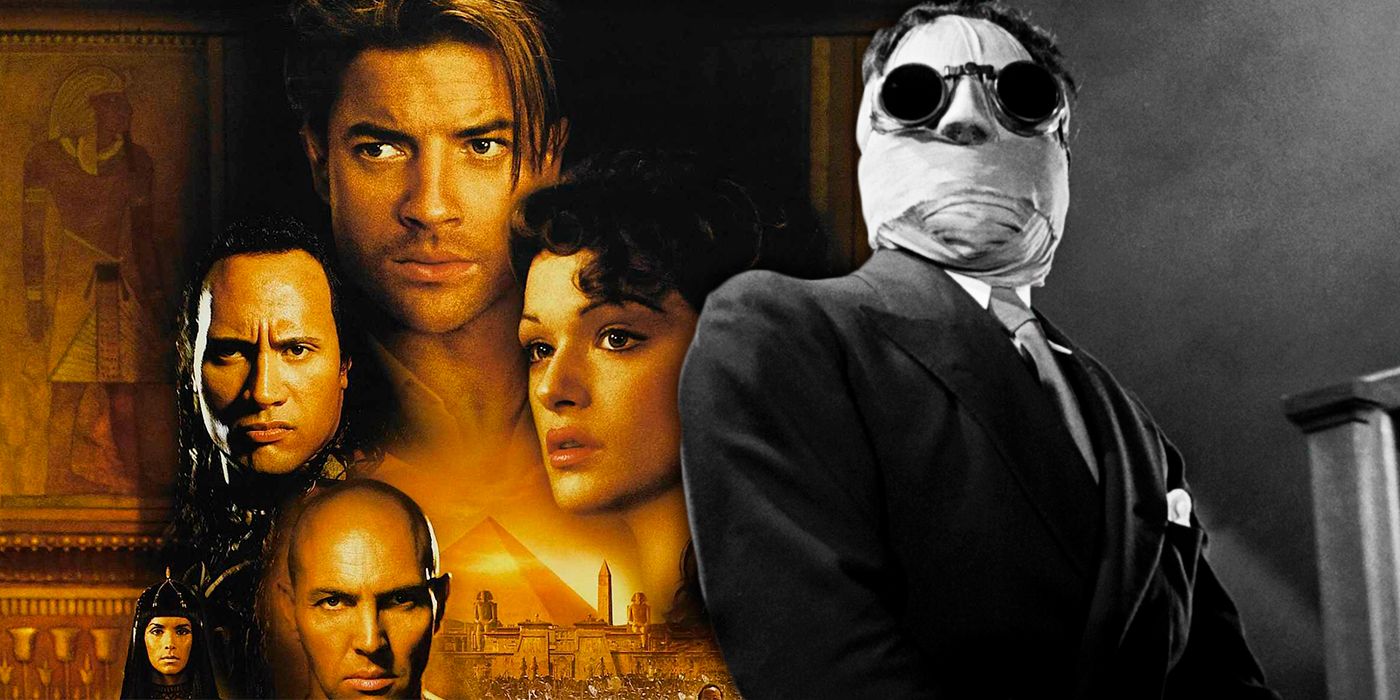
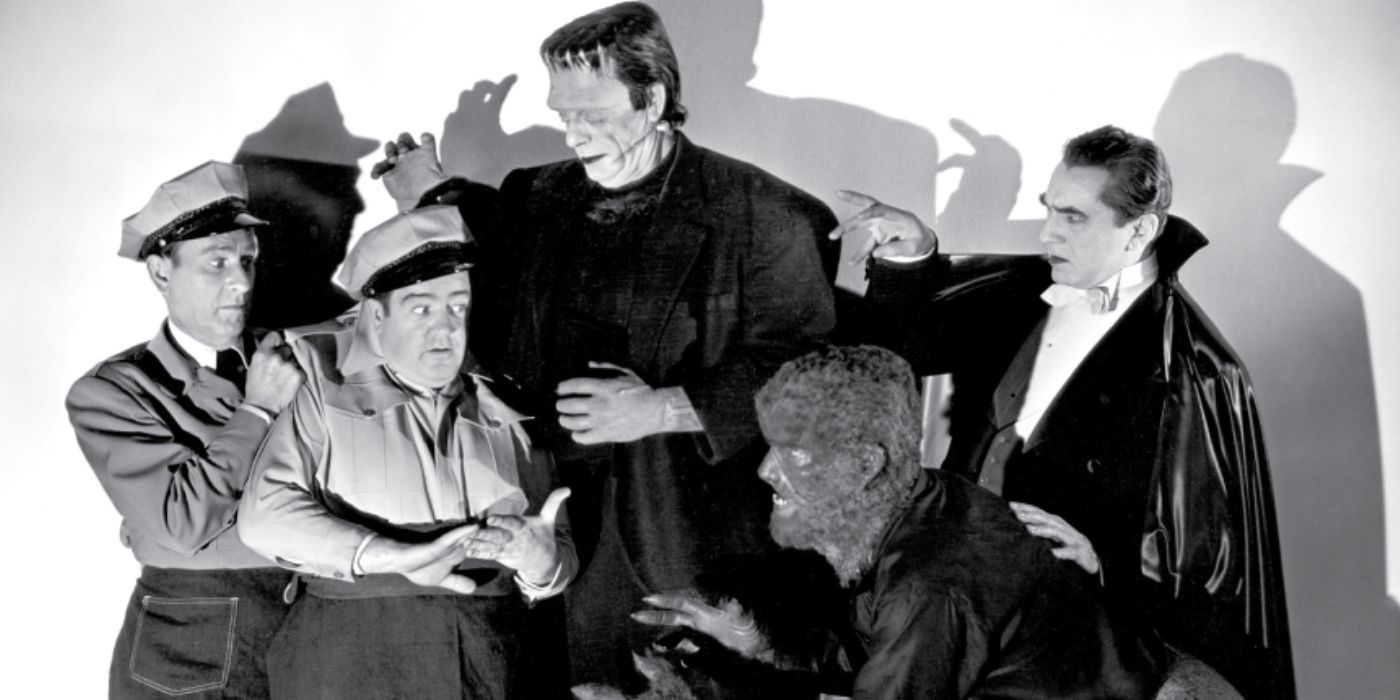
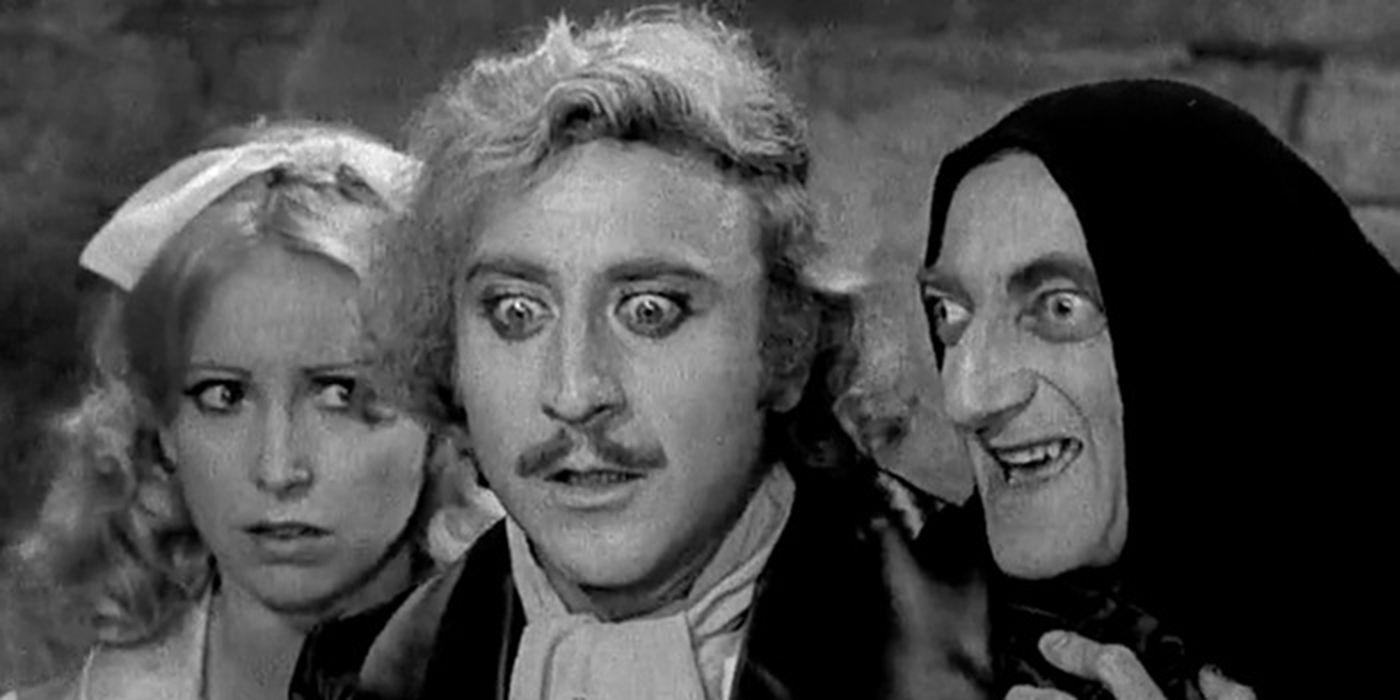
.jpg)
